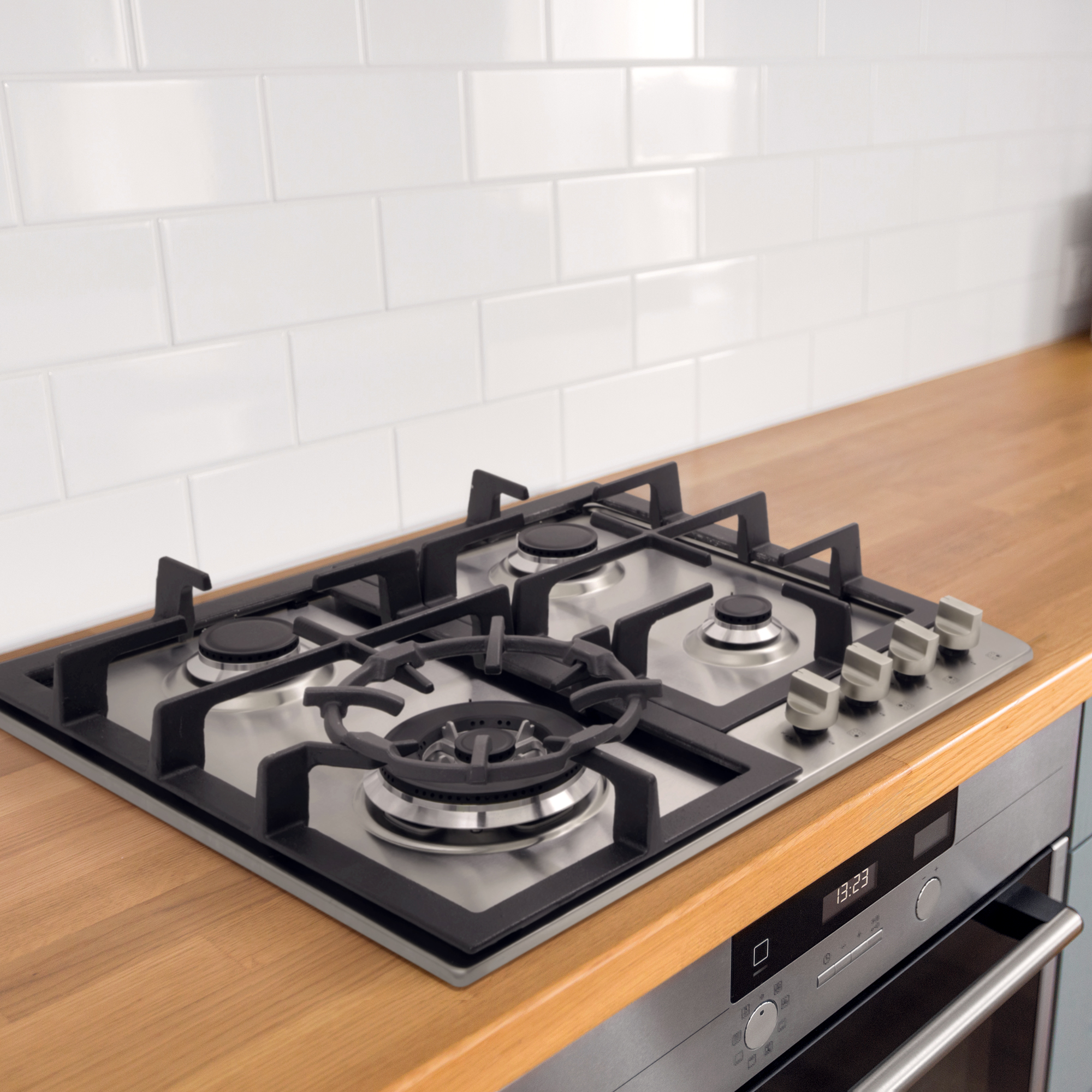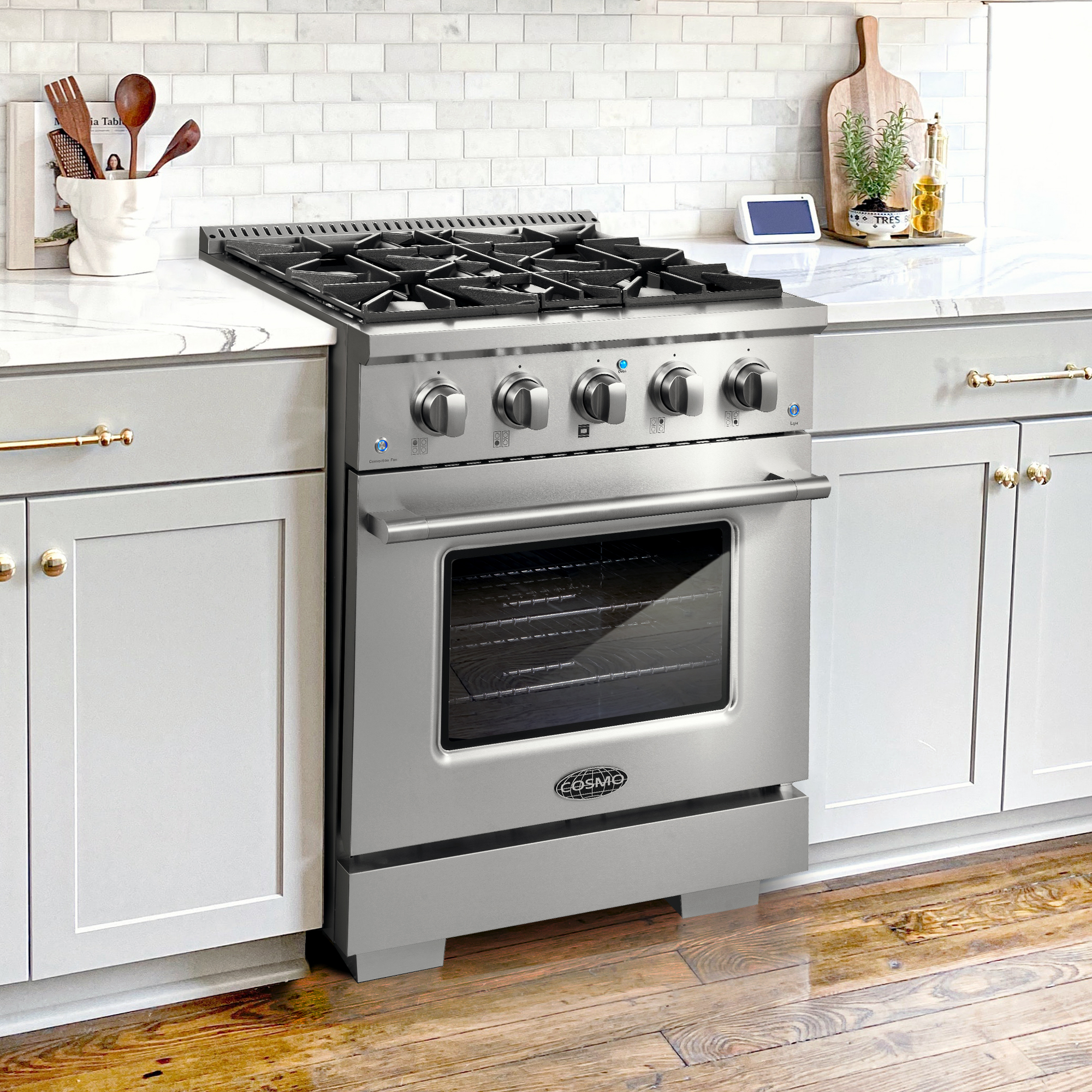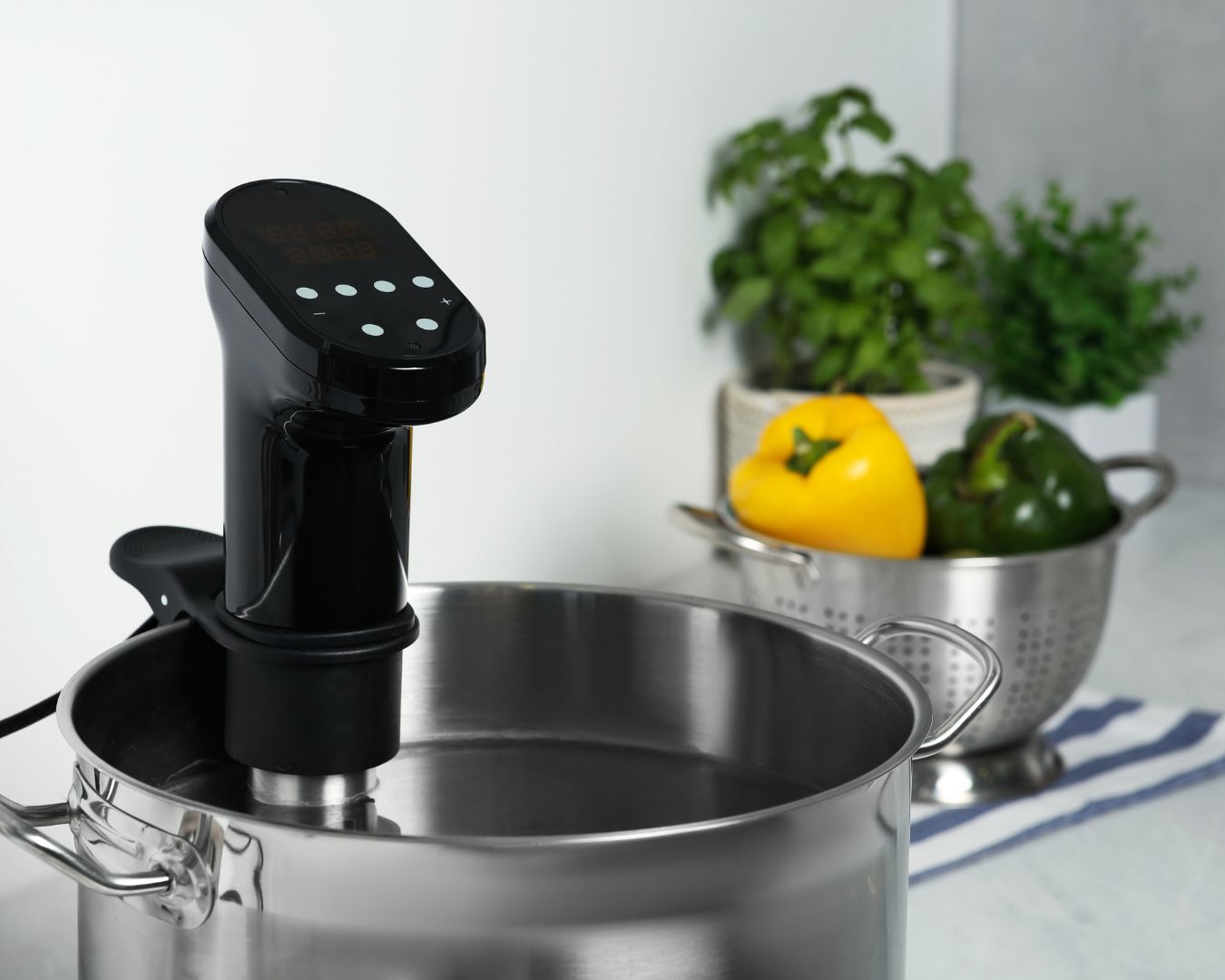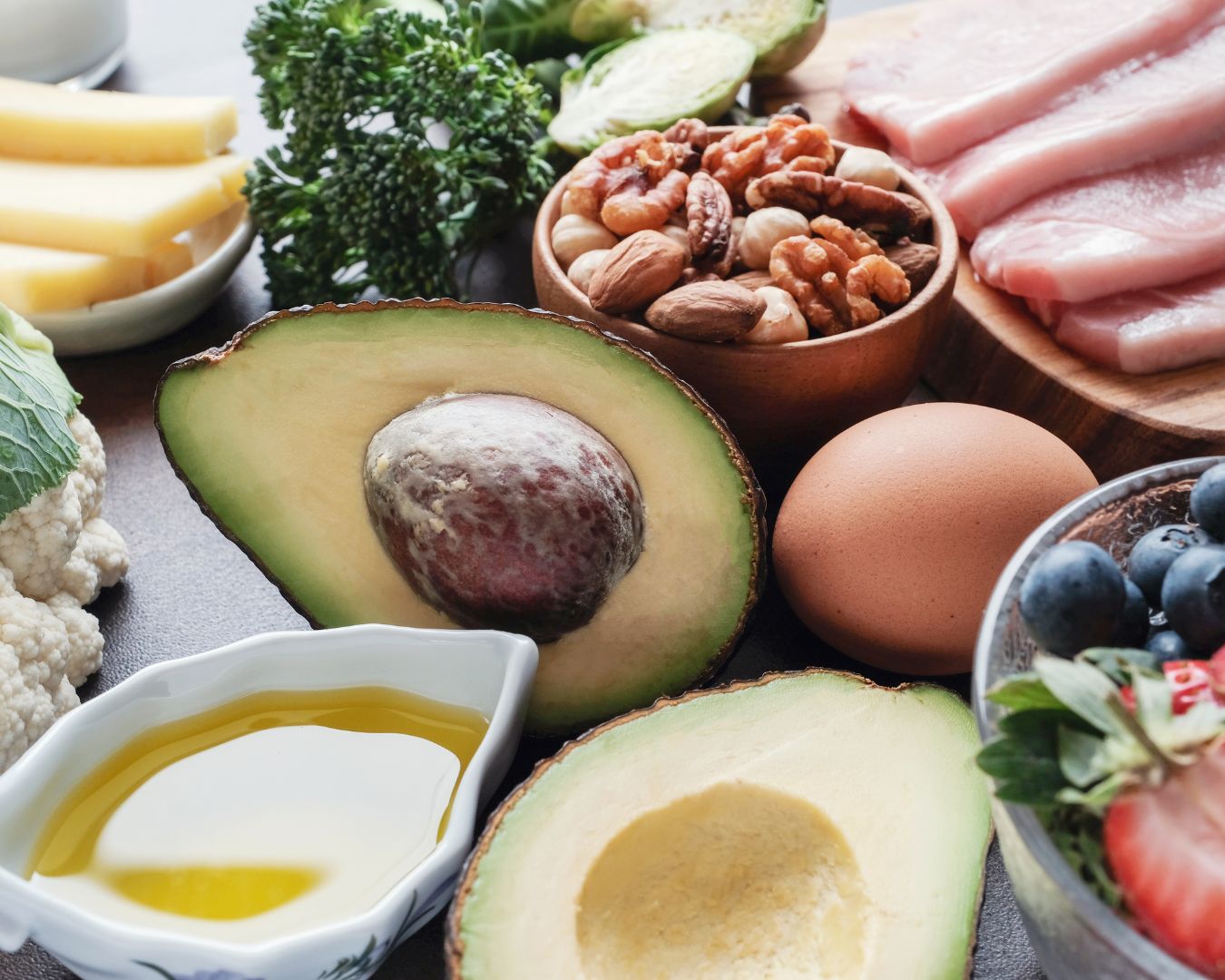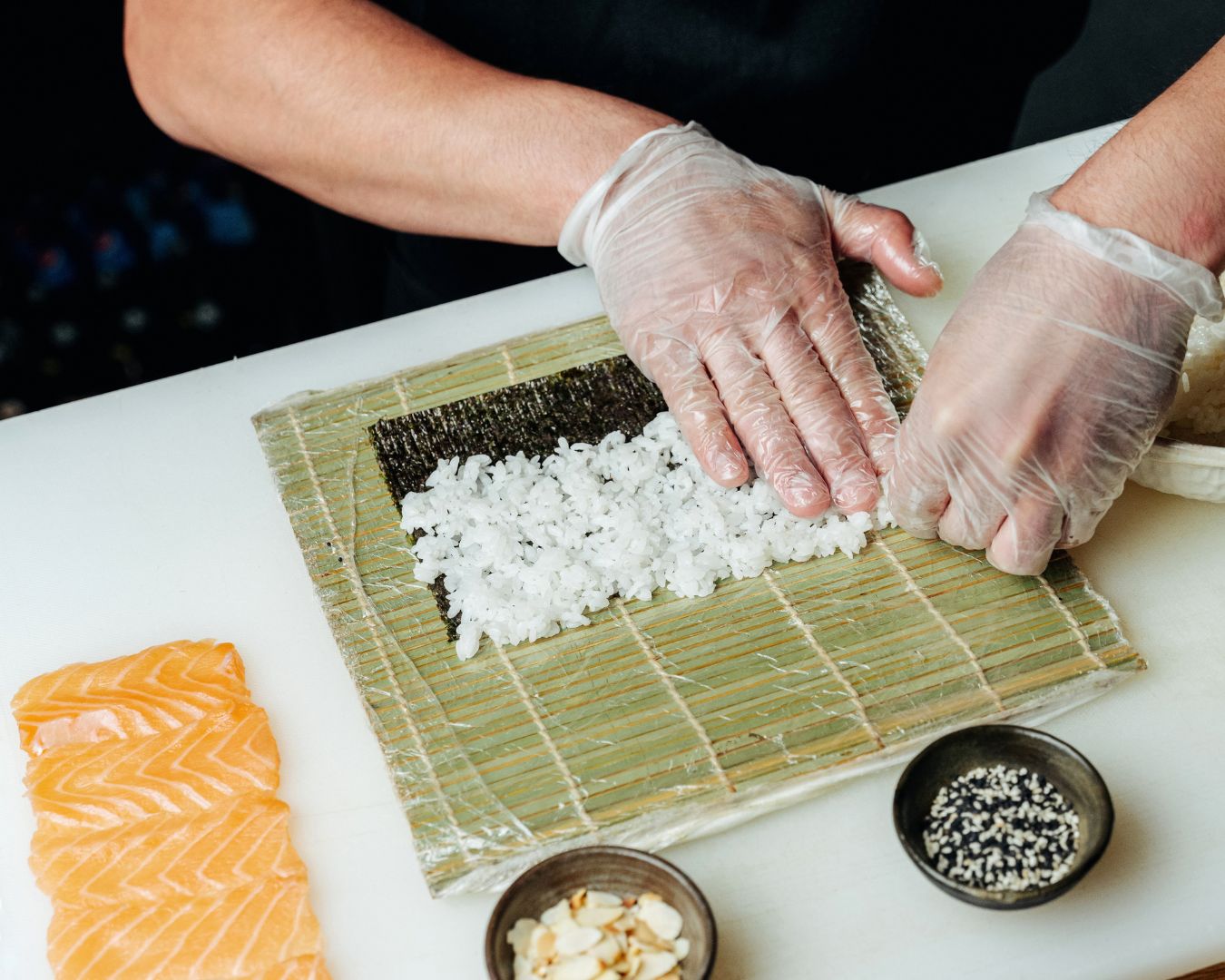Cook Like a Pro in Small Spaces: The COS-640STX-E 24″ Gas Cooktop
If you’re looking to elevate your kitchen’s functionality and style without compromising on space, the Cosmo COS-640STX-E 24″ Stainless Steel Drop-In Gas Cooktop is a standout choice. Designed for compact kitchens, this cooktop combines powerful performance with sleek aesthetics, making it ideal for both urban apartments and cozy homes. Powerful Performance in a Compact Design Despite its 24-inch size, the COS-640STX-E doesn’t skimp on power. It features four sealed burners, including: This versatile burner configuration allows you to handle a variety of cooking techniques, from stir-frying to slow simmering, all within a compact footprint. Sleek Stainless Steel Finish The cooktop’s stainless steel surface not only adds a modern touch to your kitchen but also ensures durability and easy maintenance. The sealed burners prevent spills from reaching the interior, simplifying cleanup. Additionally, the heavy-duty cast iron grates are built to last and provide even heat distribution. Safety Features for Peace of Mind Safety is paramount in any kitchen. The COS-640STX-E is equipped with: These features provide added protection, allowing you to cook with confidence. Easy Installation and Versatility Designed for drop-in installation, the COS-640STX-E seamlessly integrates into your kitchen countertop. Its compact dimensions (22.81″ W x 20″ D x 3.36″ H) make it suitable for various kitchen layouts. Additionally, it’s convertible to liquid propane with the optional LP Conversion Kit, offering flexibility based on your fuel source. Specifications at a Glance Where to Buy The Cosmo COS-640STX-E is available for purchase at various retailers, including: Prices may vary, so it’s advisable to check with each retailer for the best deal. For those seeking a blend of style, performance, and safety in a compact kitchen appliance, the Cosmo COS-640STX-E 24″ Gas Cooktop is an excellent choice. Its powerful burners, sleek design, and safety features make it a valuable addition to any modern kitchen. Whether you’re renovating your kitchen or outfitting a new space, consider the COS-640STX-E for a reliable and stylish cooking solution.

